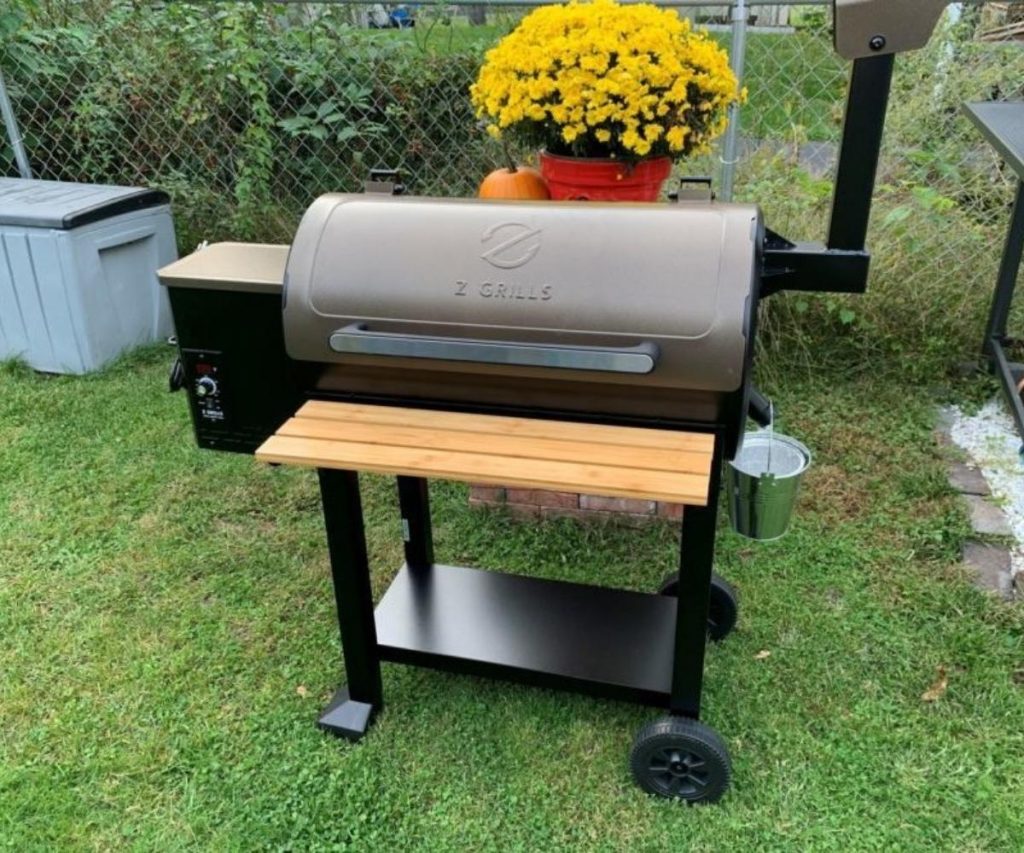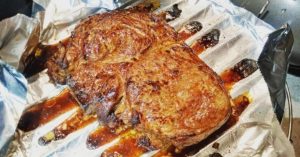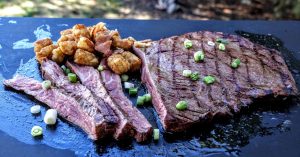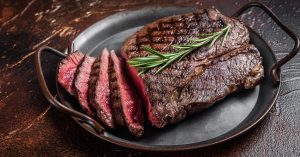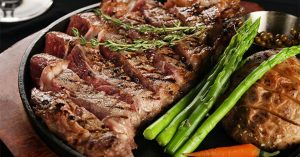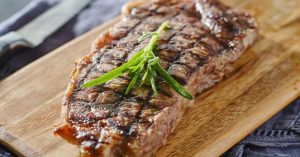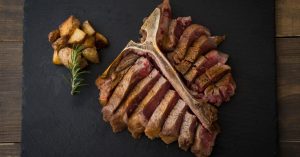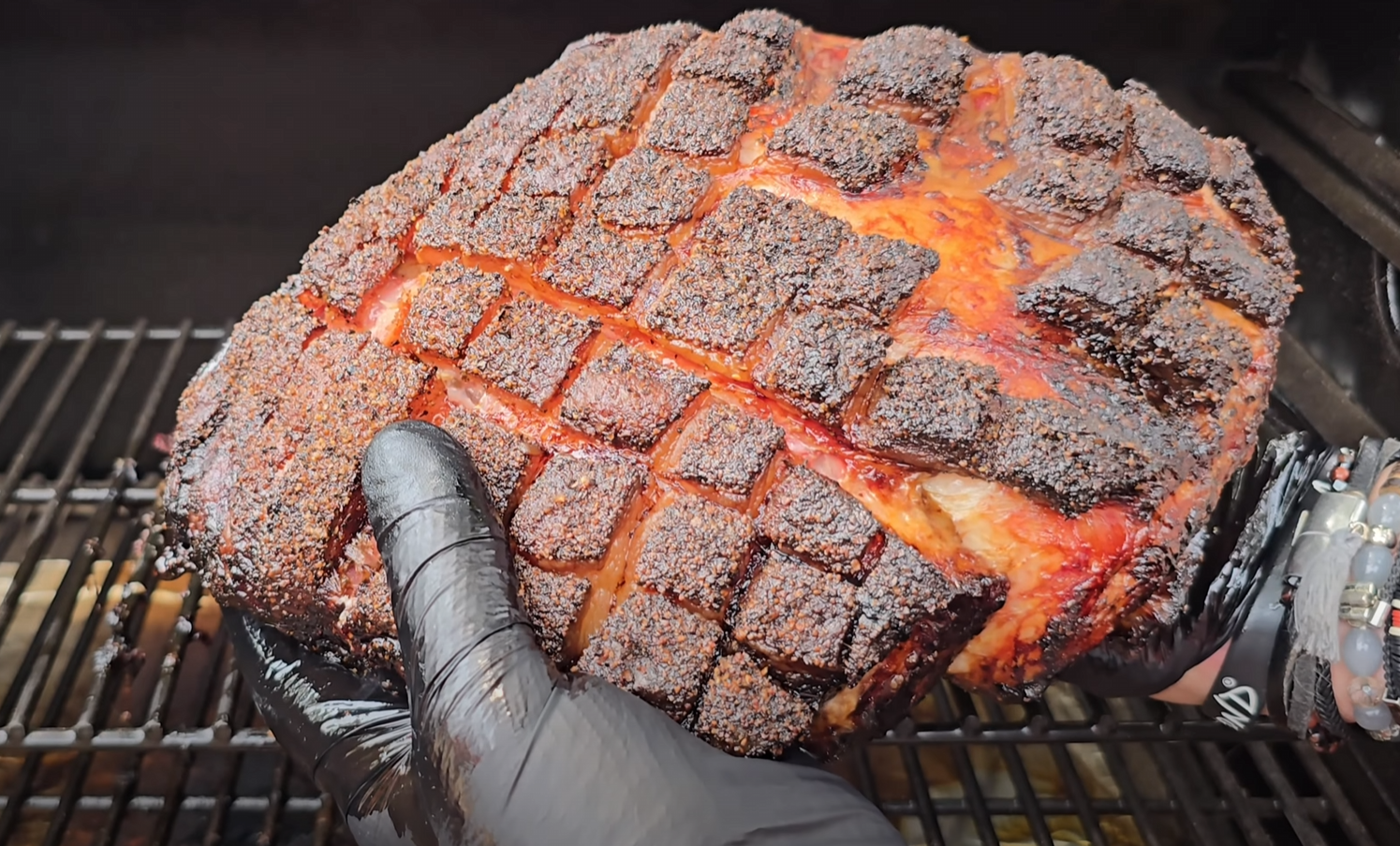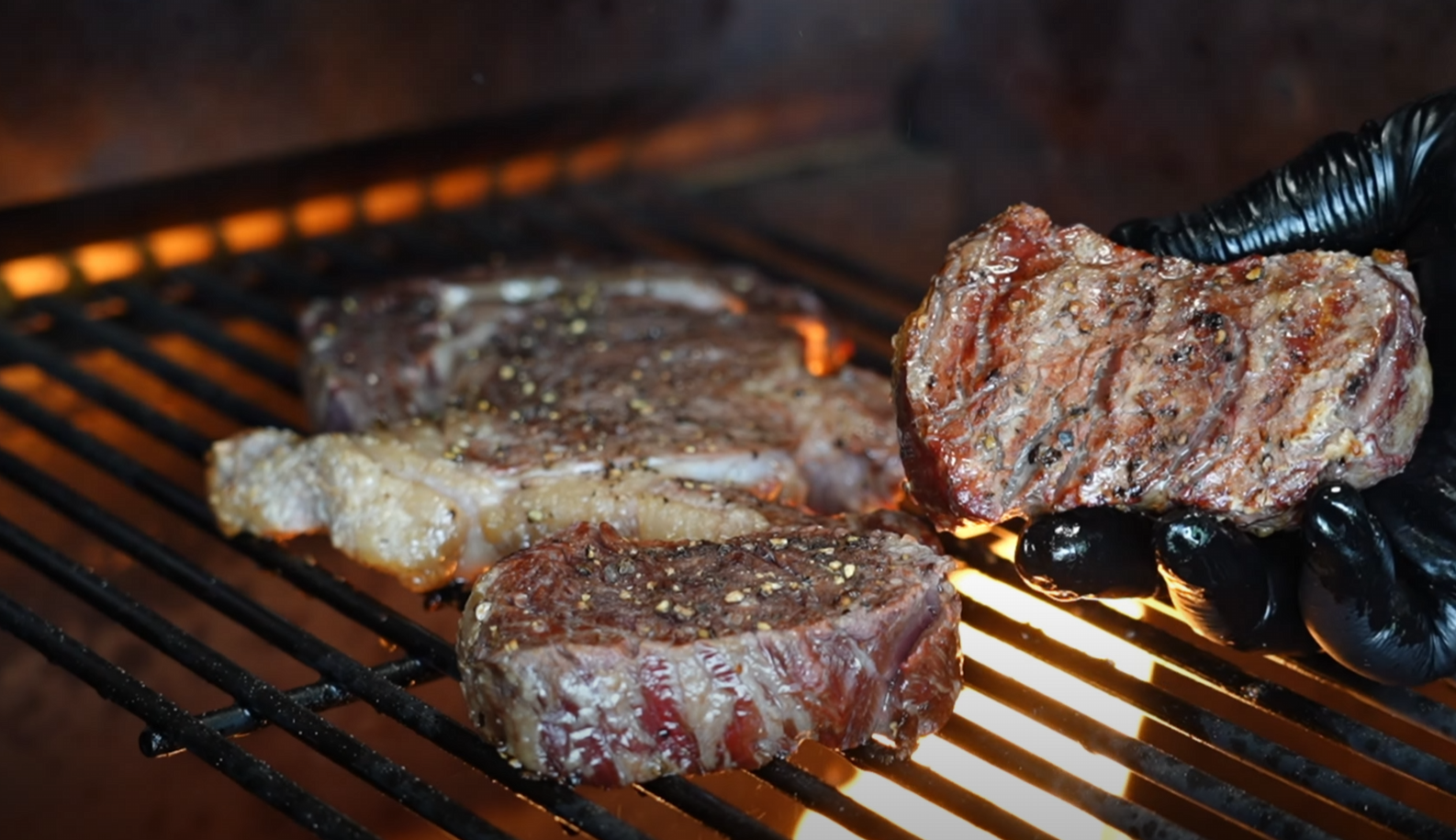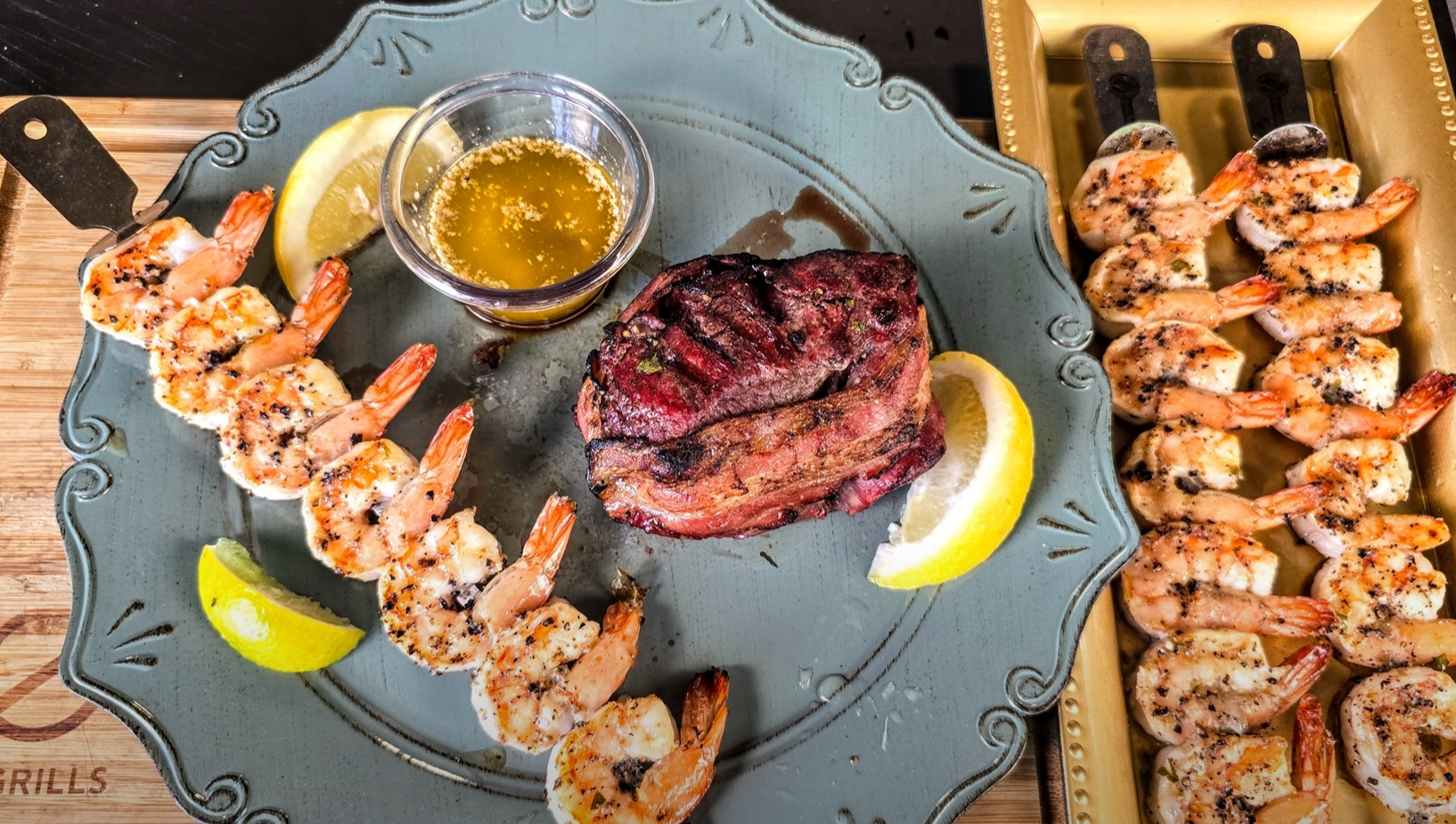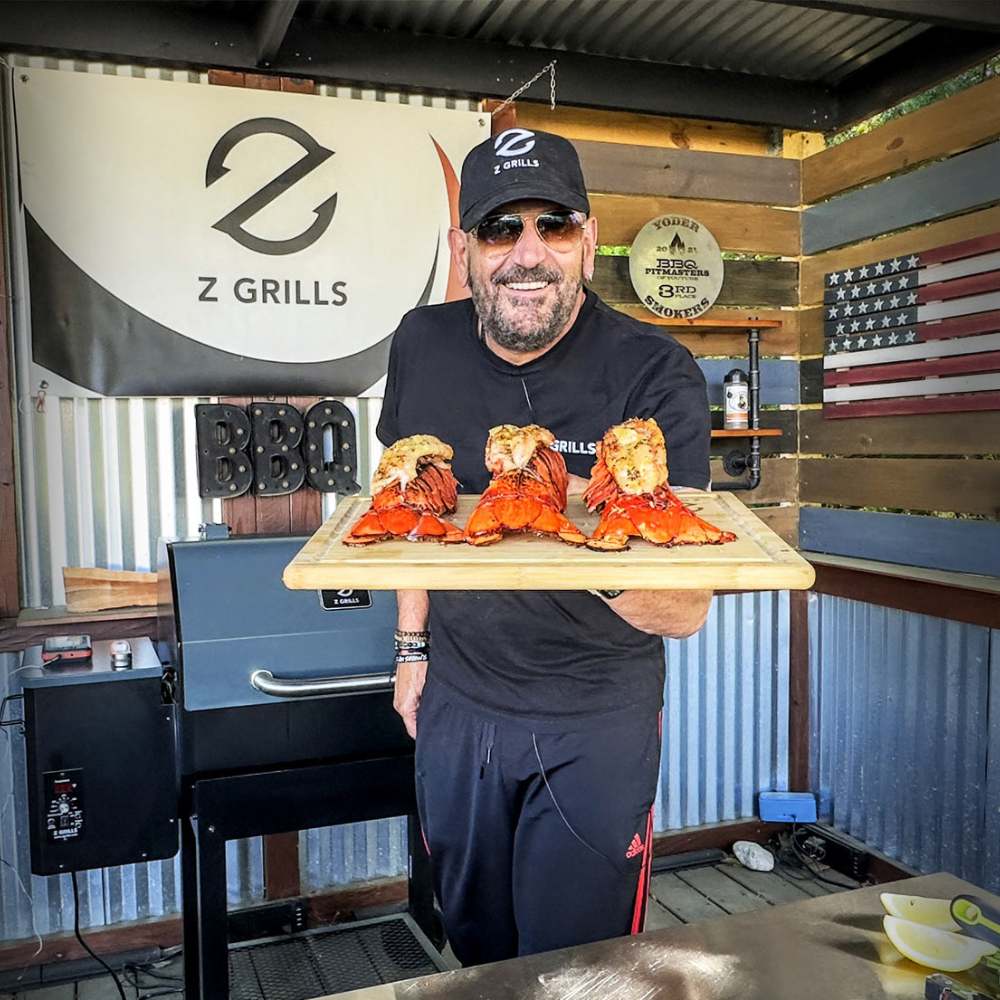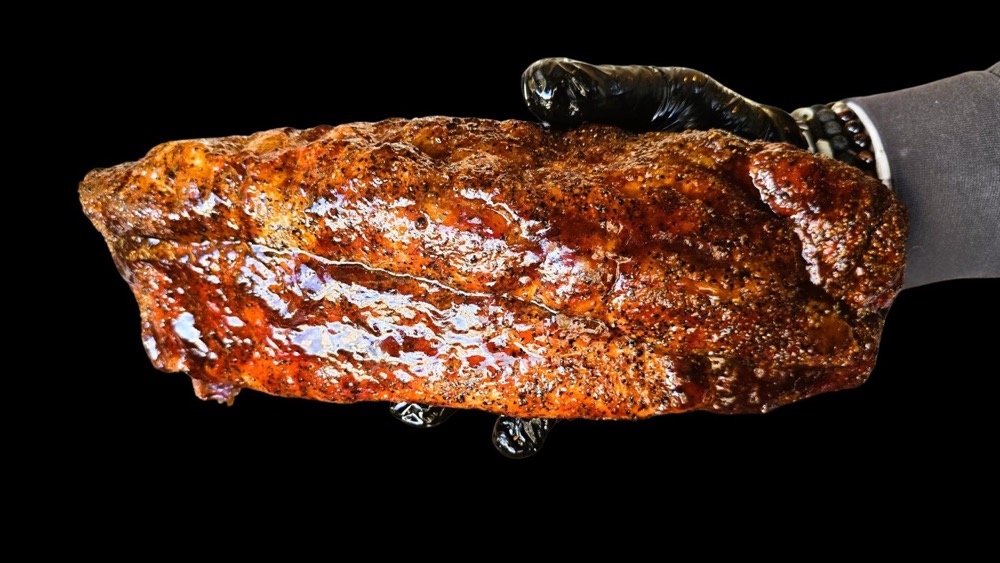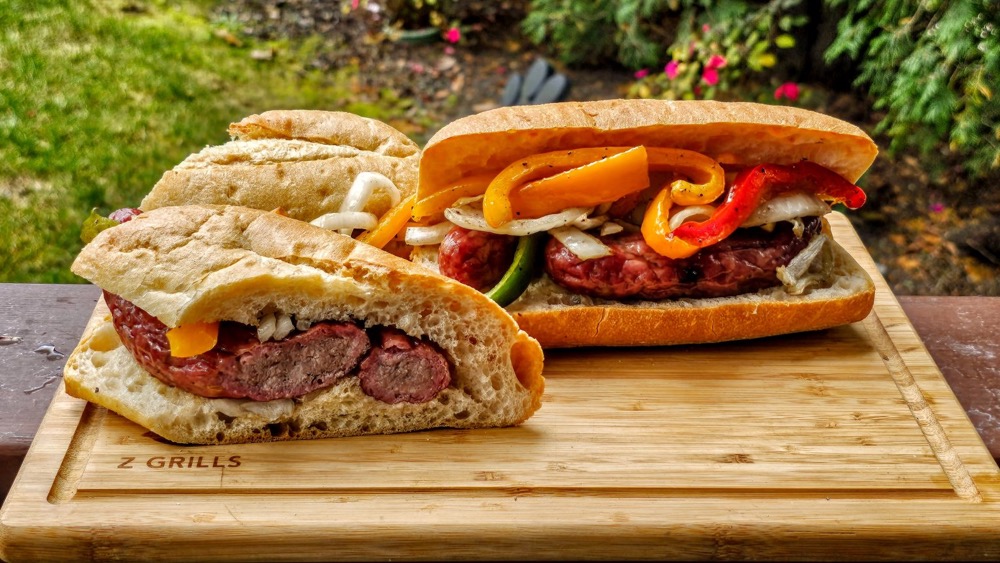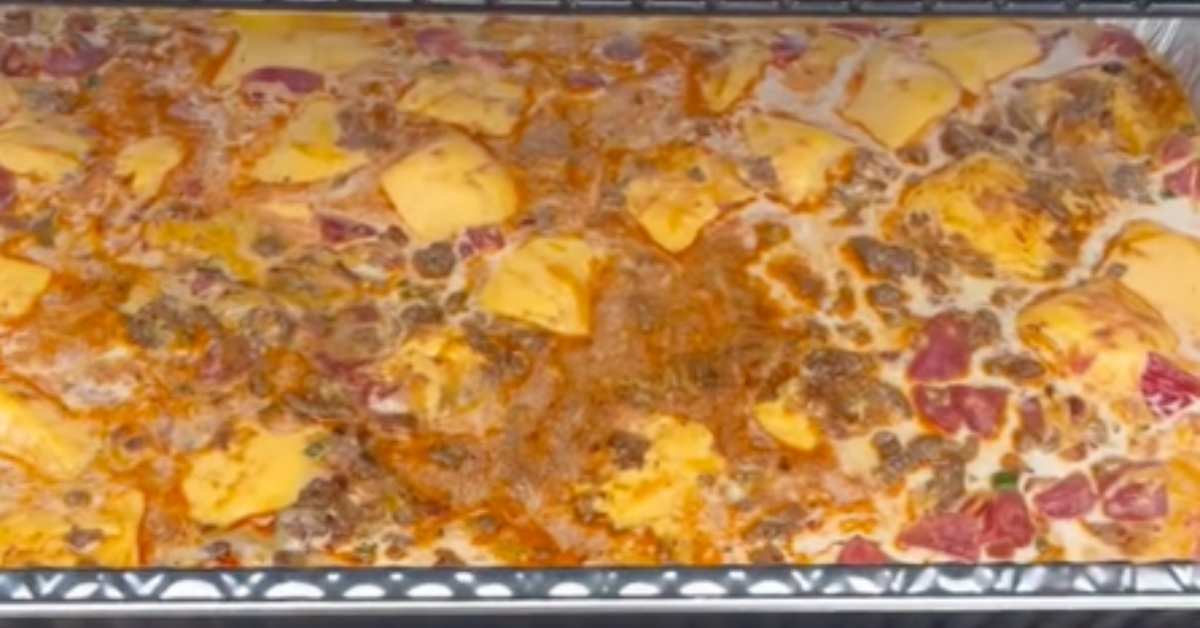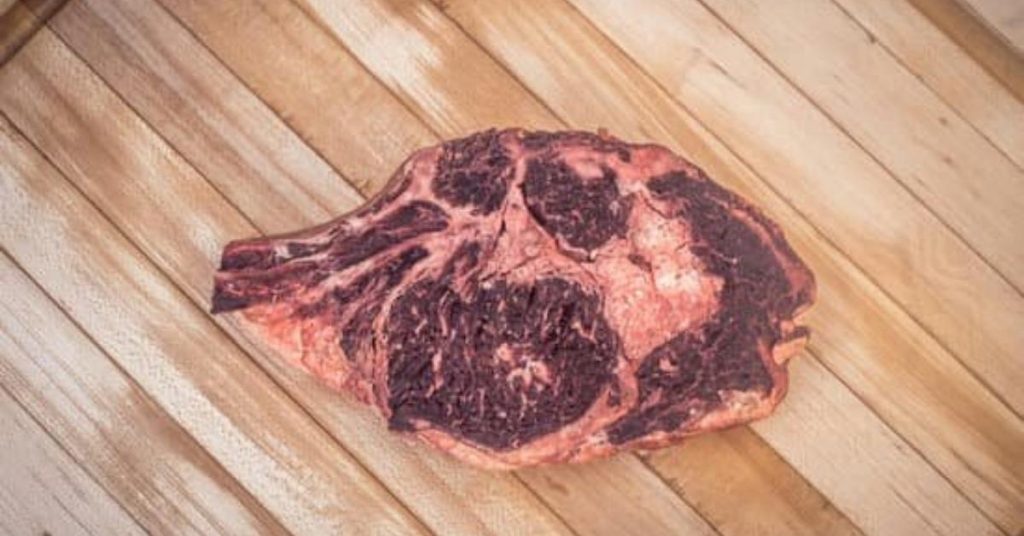
If you’ve ever eaten a dry-aged steak, you’ll know the sensation of being transported to another world. Seriously, there’s little better on earth than dry-aged steak, except maybe dry-aged filet mignon you’ve aged at home. If you’re a meat lover, you need to try the dry aging steak at home.
If you’re not sure what dry-aged beef is, or what the difference between dry-aged steak and wet-aged steak is, pause here to read our introductory article here: What is Dry-Aged Beef?
It’s totally possible to dry age steak at home and cook it to perfection to produce a meal at home that’s better than anything you could eat at a restaurant. Today, we’re going to guide you through everything you need to know to dry-age beef and steak at home, as well as how to cook it to ensure the result of all that hard work rocks your tastebuds.
Table of Contents
What do you need to dry-age beef?
To make dry-aged meat at home, you’re going to need some special equipment. You will find advice online about how to do it in your normal kitchen fridge with just a bit of cheesecloth wrapped around it, but if you’ve read the first article in this series we linked to above, you’ll know that you can’t get good results aging meat in your kitchen fridge.
So, to dry-age beef at home, you’ll need:
- A mini-fridge (a wine or beer fridge with a glass door will make life easier, but not essential)
- Cheesecloth or paper towel
- A digital thermometer and a humidity thermometer, or one that does both
- A small fan that can fit inside the fridge
- A wire cooling/cooking rack
If you’ve got cash burning a hole in your pocket, you can find purpose-built dry-aging fridges that will provide you with everything you need, so that may be something to look into if you’ve got $3,000+ you’re willing to part with.
How to Choose the Right Meat for Dry Aging
You can’t dry-age small cuts of meat – you’ll end up with a piece of bacon by the end if you choose something too small. Remember that you’re going to trim the meat before cooking and serving, so it needs to be big enough that you can cut off about ¼” or more on the sides and leave you with enough to work with.
The quality of your cut is really up to you – some experts say to buy top-grade USDA prime beef, while others say you can get really good results with the cheaper cuts. Go with what your budget allows, and feel free to try a cheaper cut for your first attempt and then buy more expensive cuts in the future when you’ve got the process down.
A large rib roast is a good choice – whatever you choose, a cut with a thick fat cap will help you get the most meat for your money, as you’ll simply trim the fat at the end of the aging process, leaving you with delicious aged meat to cook and enjoy.
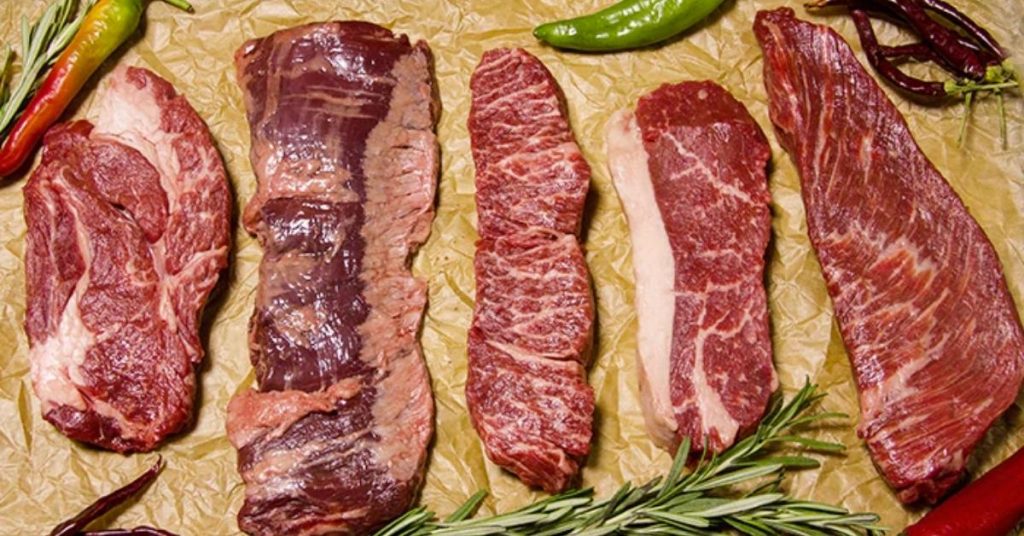
How to Prepare a Steak for Dry Aging
Firstly, as we said above, you shouldn’t be looking to dry age a single steak, unless it’s a really chunky steak. To prepare your cut, there’s very little you need to do; your main aim is to get it from the source (i.e., the packaging or your butcher) to the fridge with the least amount of contact with surrounding surfaces.
How to Dry-Age Beef
To dry-age beef at home, follow the steps below:
- Set up your fridge and put the small fan inside.
- Set your fridge to the right temperature (we’ll cover this below).
- Put the wire rack on a shelf (optional but recommended: put a baking tray or aluminum foil on the floor in the fridge to catch any drippage).
- Put your meat inside on the wire rack, close the door, and resist the urge to check on it too frequently! Check the temperature and humidity once a day, when possible.
- Wait at least 21 days (see below for optimal aging times).
- Remove the meat from the fridge. It may have some mold on it, but the mold should be relatively white. If there is a lot of green or blue, especially if it’s deeper in color, you may have missed the mark on this one.
- Cut off the outer edges, leaving quality meat behind. Cut that meat into 1.5-2” steaks.
- Cook and enjoy!
What temperature should you use for dry-aging beef?
Around 35F is ideal. Try not to let it get colder than 34F, or warmer than 40F. It’s best to lean toward the cooler end of this scale since once the temperature hits 40F it will start to spoil.
What humidity level should you use for dry-aging beef?
A humidity level of 75% – 80% is best. It can be hard to keep on top of the humidity level without professional-grade equipment, so do your best to keep it in this range. If it starts to drop, put a small plate or bowl of water in the bottom of the fridge.
How long should you dry-age beef for?
You’ll get the best results when you dry-age your beef for at least 21 days, with the best results being between 28 – 35 days. You can dry-age your beef for longer, but this will be the sweet spot that allows you to get delicious results in the minimum timeframe.
How to Cook Dry-Age Beef: 3 Tips
You’ve waited a month to get to this point, the last thing you want to do is make a mistake and end up with lackluster results. Here are some tips to ensure your steak is the best you’ve had:
- Allow the meat to warm before you cook it. If you’ve read any of our other guides on preparing meat for smoking, you’ll know that you should allow the meat to rise to room temperature before you cook it, and that’s exactly what we’re talking about here. Don’t be tempted to rush the process – allow the meat to sit on the counter for up to an hour before you cook it. This will ensure you don’t end up with an unevenly cooked steak.
- Don’t over-season it. You’ve spent a month developing the flavor, so why cover it with excessive seasoning or even a rub? Gently add a little salt and pepper after you’ve cooked it – adding it before may draw out more moisture.
- Grill and sear to medium-rare. If you can, sear your steaks over an open flame and then lower the temperature of your grill to cook it to medium-rare (or rare if that’s what you prefer). Cooking it to more than medium-rare can minimize the flavors you’ve spent so long cultivating.
If you don’t have a grill, you can pan-sear and then allow it to cook in the oven until it reaches medium-rare.
Dry-aged steak is even better on a Z Grills Wood Pellet Grill
If you want an out-of-this-world steak that competes with the dry-aged steak and wet-aged steak you’ve had at restaurants, you need a Z Grills wood pellet grill to give you the best results. All our grills can sear, grill, bake, roast, smoke, braise, barbecue, and char-grill, so you’ll never be limited by what you can do. When it comes to cooking dry-aged steak, you’ll never go wrong – set the heat to the maximum to sear and then lower it to cook to perfection.
To get your hands on a Z Grills wood pellet grill and make the most of your dry-aged beef.
